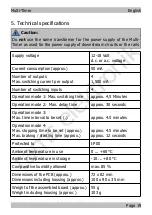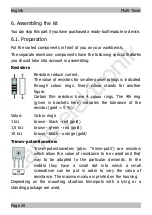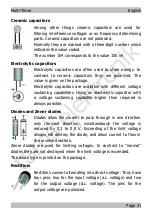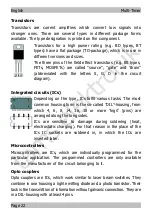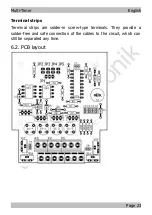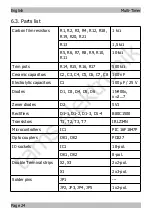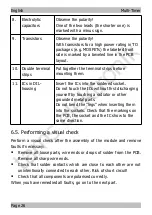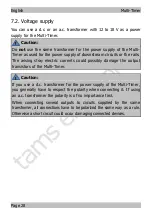
tams elektronik
Multi-Timer
English
Sequence
Via a switch connected to switching input 1, the signal is set to "stop"
(switching input closed) or to "clear" (switching input open).
Semaphore signals are to be switched directly, light signals can be
switched via bistable relays as well. It is also possible to do without
connecting signals, the outputs 1 and 2 stay then open.
The switching input 2 is used to release the braking, as soon as the
locomotive passes a contact at the beginning of the braking track and
thus the contacts of the switching input are closed. Here a reed contact
or a hall sensor in combination with a magnet or a photoelectric barrier
can be used.
Depending on the signal position (= switching input 1 closed or open),
the locomotive will brake and stop or drive on. The signal´s change to
"clear" is carried out either
automatically after the set stop time has elapsed or
before the stop time has elapsed by opening the switching input 1.
You can prolong the stop time by closing the contacts at switching input
3. The signal remains on "stop" as long as the input 3 is closed, but at
least for the set stop time.
As soon as the signal turns to "clear", the locomotive starts with the set
starting delay and starting supply voltage.
Example 1: Signal set to "Stop"
(switching input 1 closed)
1. When passing the sensor at the beginning of the braking track,
switching input 2 is closed and consequently the braking process is
started. The braking track´s length depends on the time period set for
braking.
In order to guarantee a reliable stop before the signal, you can install
an additional security section switched currentless when the signal is
set to "Stop".
Page 15



















